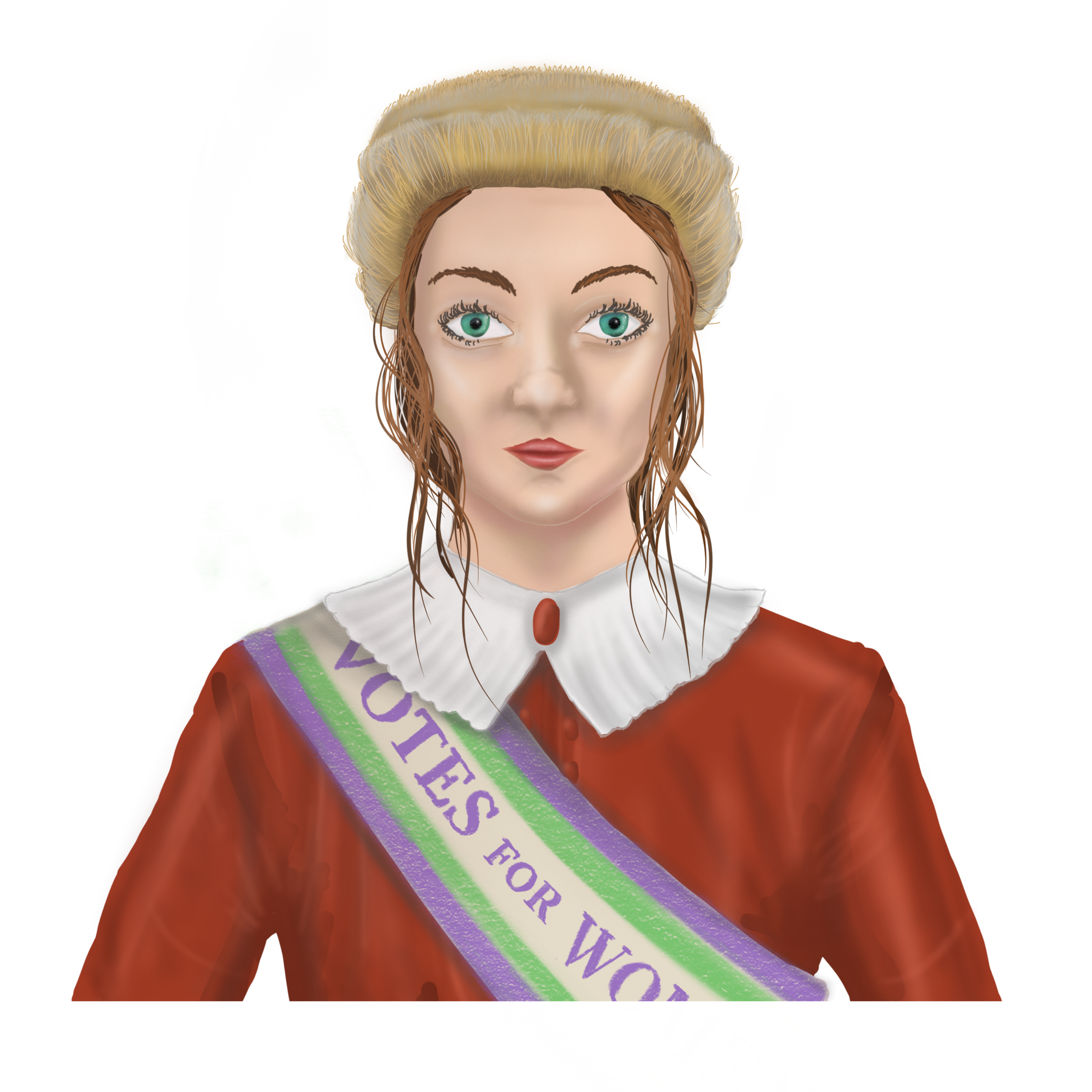As I come into the second year of my PhD, I know I will be spending a substantial amount of my time in various archives over the coming year. Now that I have focused my research topic, going out and collecting the primary sources for my research is the next step.
Now I love archives. A day spent in one fills me with excitement and anticipation–I mean, I could find anything! (or nothing, but I prefer to focus on the possibility). Over the course of the last few years, during my MA and now in my PhD, I’ve spent a lot of time in them.
And to be honest, when I first started visiting archives, I felt kind of intimidated–looking at important historical documents was scary! And would archivists think me/my research topic was silly? And what if I dropped/ripped something? These worries have somewhat dissipated, so I’d though I collate the tips I’d learnt for any archive newbies out there.
Before Your Visit

- The most important thing you can do before you visit an archive is know that want you want is there.
Now, obviously, you can’t be 100% sure before you actually go to an archive that archive material will help your research–there are ALWAYS going to be archive visits where you find nothing helpful. However, you can mitigate this happening. Most archives today have great online search tools that let you ascertain what information they hold, and if not–you can alway email the archivist and just ask. Archivists are literally THE most helpful people, who know the collections they look after inside out.
- Book an appointment.
Most, if not all archives require you to book an appointment or a place in their reading room. The reason why is simple: firstly, archive space sometimes fill up quickly, and secondary, the items you ordered might already be in use by someone else on that particular day.
When you book an appointment, you can sometimes order the items you want to see in advance. Some archives let you order additional items on the day, although this does vary.
- Check the archive requirements.
When you book an appointment in an archive, the archivists will generally email you over a list of requirements for to to do/bring to the archive on your visit. First amongst these are ID. Some archives require two forms–one that has proof of address, and one that it is a photo ID. Always double check what ID you need to bring to the archive–the worst thing would be traveling to an archive, only to discover you can’t enter because of a lack of ID!
You also might need to bring signed and dated forms. These are generally for agreeing to the archive rules, on etiquette, photo-taking and copyright. Obviously, it’s really important to read these forms before signing so you know what you’re agreeing to!
Also, take note of where the archive is, and when its opening times are. Some archives open later in the day, some are only open three times a week, and some close for lunch. So factoring how long it will take to get there, and how much time you’ll be able to spent there is important in terms of how much you’ll be able to get down.
What to Bring to the Archive:
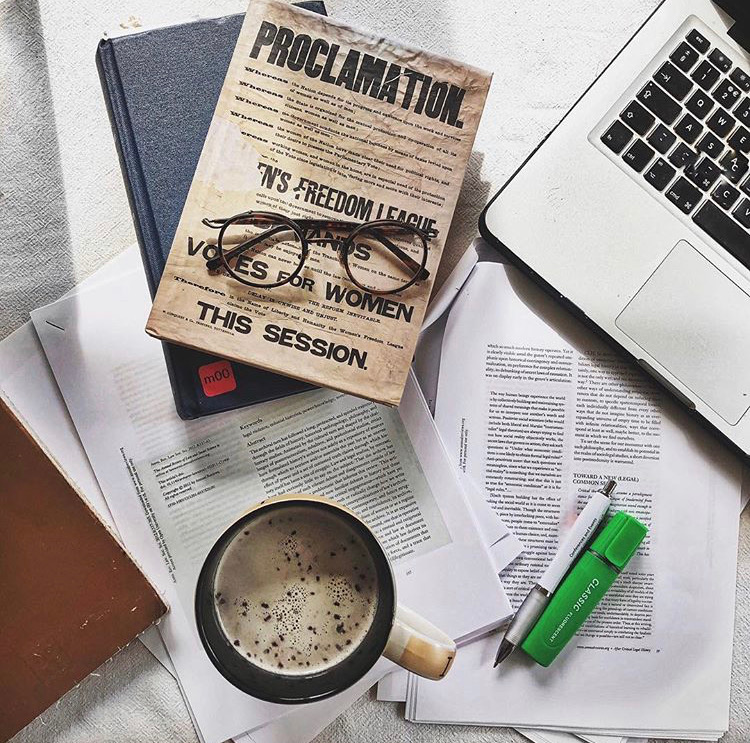
- ID, and any forms that the archive requires.
- A notebook and a pencil. (Some archives will not let you bring in loose paper, and all of the ones I’ve visited ban pens).
- A laptop
- A phone with a camera. (If photo taking is allowed)
Generally, you are not allowed to bring in:
- Any food/drink (including bottled water.
- Coats and or bags.

How I use the Archive:
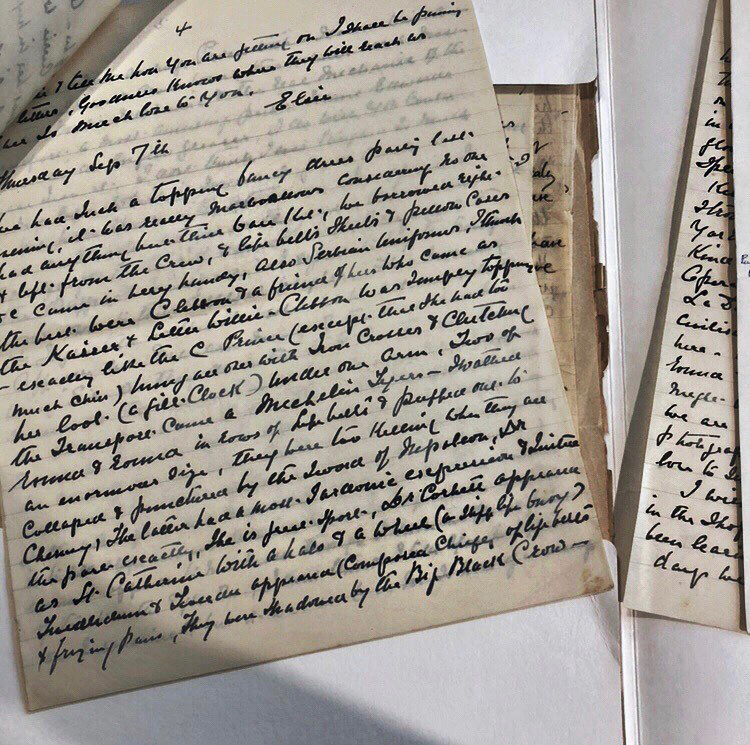
*note: these tips are based upon my experiences and preferences, and what works best for me in visiting archives, and collecting and collating archival material. They may, however, not work for everyone, so take these tips with a pinch of salt.*
- Before I visit the archive, I create a word document that states where I am going, and the date of my visit. I also (if I know them) write down the files I had ordered, and their archival reference.
- When I’m there, I take my laptop into the archive, and note down anything information that I maybe didn’t have before. For example, some documents within files have different reference numbers.
- I go through the archive items in order. Sometimes this might be tricky, as some archive files aren’t organised at all. I write down what is in the file, and read the file from beginning to end.
- If I come across any documents that are relevant to my research, dependent on how much time I have I’ll either read them thoroughly and begin to transcribe them, or I’ll take photos of them.
- I then do this for all the archive materials, noting what file the document is in, and the archival reference number for each document.

Archive Etiquette:
- If in doubt, ask the archivist. You could be dealing with delicate documents that might be hundreds of years old, so it’s so important to treat them gently.
- Make sure your hands are clean.
- Don’t write on the archival documents.
- There will generally be supportive pillows for delicate books spines, and weights to lay down on pages.
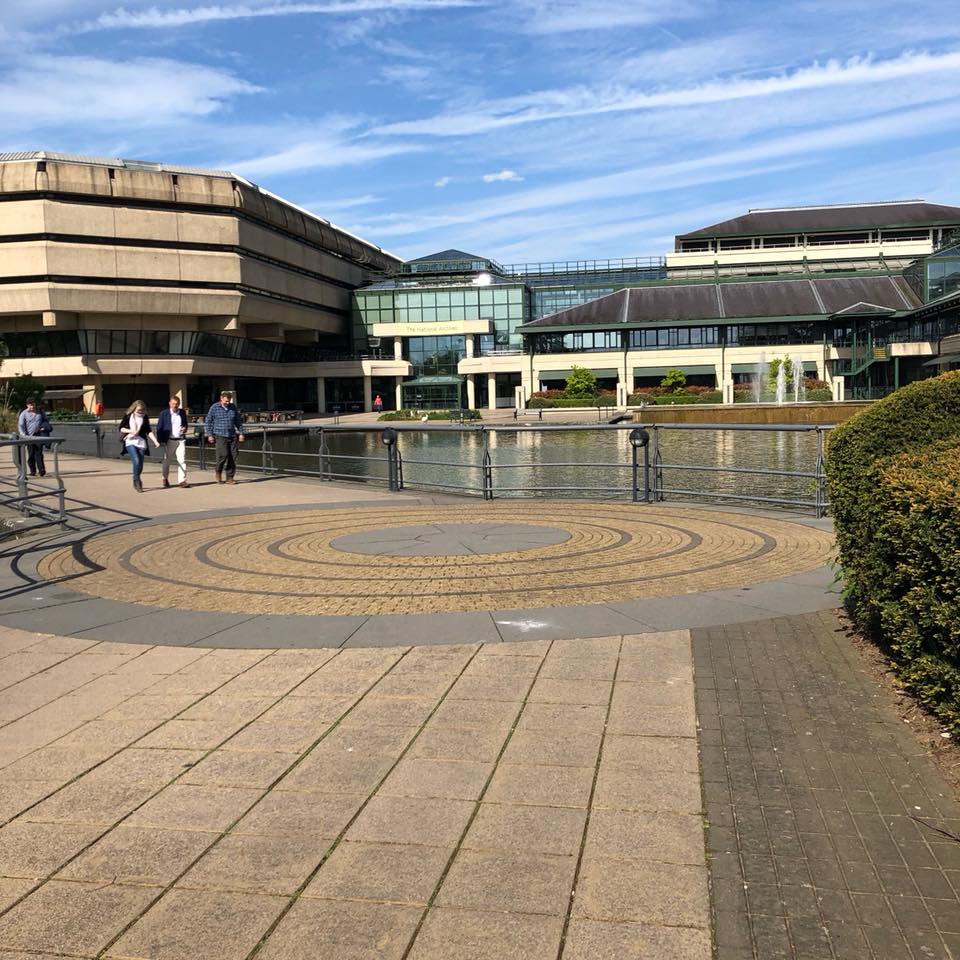
After the Archive
- This might be the fact that I have a disability, but I am normally utterly exhausted after an archive visit. All that close reading of documents and looking at grainy photos is hard work. This is probably more of a self-care tip rather than a archive tip: don’t force yourself to finish everything that night.
- I type up my notes on the archive material I looked at the following day, transcribing documents and transferring the photos I took to my hard drive. I put all this information into a folder titled with the date and the archive I visited.
- When I’m lucky in my archive visits, I find out more information that is relevant to my research topic, which might lead me to further potential sources of information. Which is basically the COOLEST thing. It makes me feel like some kind of history detective.
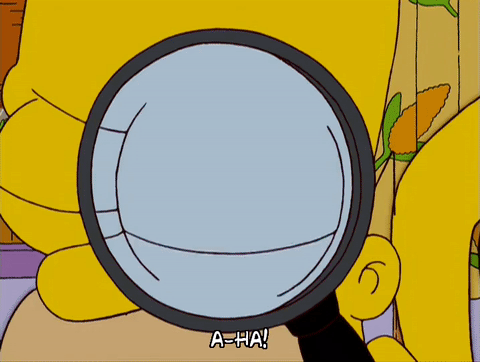
So, in conclusion, visiting an archive is a unique and interesting experience. The feeling of looking at and reading objects/documents that could be hundreds of years old is indescribable, and the information that we can get from these documents are revealing and integral to historical research. However, it’s important to do prepare thoroughly for a visit, and over the last year I’ve learnt some tips that I think might be helpful for others.
